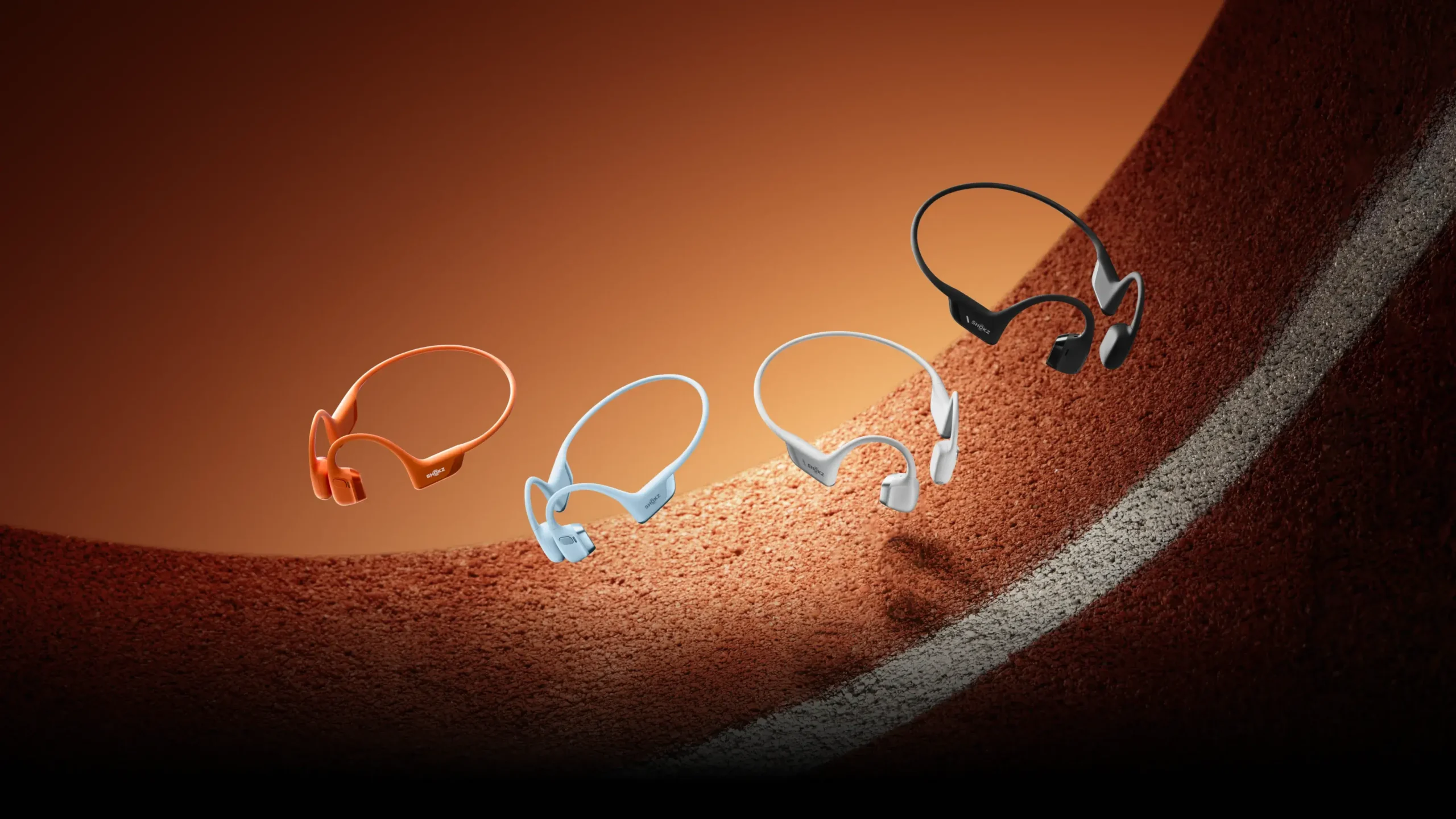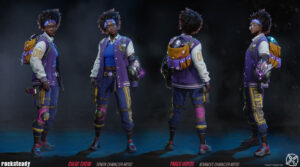The film industry has once again trained its gaze on childhood classics. With every nostalgic wave, we see a resurgence of stories that shaped a generation, not through sequels, but through a more complicated, arguably more controversial route: live-action remakes. Disney has made a tradition of these—sometimes igniting wonder, other times leaving audiences underwhelmed. Now, it’s DreamWorks’ turn to navigate the tightrope between cinematic reverence and commercial reinvention.
At the center of June 2025’s film calendar is the live-action adaptation of How to Train Your Dragon, DreamWorks’ cherished animated saga. With it comes a whirlwind of fan anticipation, speculative backlash, and critical curiosity. Yet the dragons themselves, especially Toothless—the silent, sentient Night Fury at the heart of the trilogy—remain the emotional nucleus of the franchise.
In a timely and cleverly aligned release, LEGO is offering fans an opportunity to reconnect with that very magic, not in a theater, but at home, brick by brick. Enter the LEGO® Icons How to Train Your Dragon: Toothless (10375)—a 784-piece, adult-oriented model kit designed not just as a toy, but as an homage to the mythic and emotional resonance of one of modern animation’s most endearing creatures.
A New Age of Live-Action Reimaginings
First announced in 2023 and now culminating in its 2025 premiere, the live-action How to Train Your Dragon film is among DreamWorks’ most ambitious endeavors. Directed by Dean DeBlois, who also helmed the original animated trilogy, the remake promises a blend of cinematic authenticity and loyalty to the source material—qualities not always balanced in live-action conversions.
The original film, released in 2010, introduced audiences to the windswept island of Berk, where Vikings and dragons once waged war until an unlikely friendship between a misfit boy named Hiccup and a wounded dragon transformed everything. It was a story of empathy, growth, and soaring liberation, rendered in animation that brought the skies to life.
The live-action version aims to recapture that grandeur, but it carries the burdens of expectation. For many fans, the concern isn’t the fidelity of the narrative—it’s whether the transition from animation to photorealism can maintain the soulful expressiveness that defined characters like Toothless.
“He’s not just a dragon,” one fan wrote on Reddit. “Toothless was designed to feel alive—his eyes, his silence, the way he tilts his head. Will CGI give us that?”
Toothless as Cultural Icon: Beyond the Screen
Toothless, with his inky black scales, feline expressions, and unbreakable bond with Hiccup, became more than a character. He became a symbol of friendship and personal transformation. In many ways, he’s the totem creature of a generation raised not just on fantasy, but on narratives that value quiet strength and mutual trust.
In merchandise, Toothless’s legacy has soared: plush dolls, action figures, replica wingsuits. Yet none of them truly engaged adult fans the way LEGO now intends to.
The LEGO Icons Toothless (10375): A Grown-Up’s Guide to Building a Dragon
Design Philosophy
LEGO’s decision to launch the Toothless model under its Icons line speaks volumes. Icons, as a branding tier, is reserved for high-concept, detailed projects aimed at mature audiences—think the Eiffel Tower, the Ghostbusters Ecto-1, or Vincent van Gogh’s Starry Night. Toothless now enters that echelon.
The set includes 784 pieces and is designed to highlight articulated storytelling rather than simple recreation. Builders will find that:
- The head, jaw, ears, and tail are all fully posable.
- The wings are adjustable and elegantly jointed, allowing for flight poses or curled resting positions.
- Two swappable accessories—a plasma blast and a fish snack—invite fans to choose between aggression and affection, echoing the duality that defined Toothless onscreen.
This is not a build for children, although it remains accessible. It’s a meditative experience for those who grew up with the franchise, offering them a chance to build what they once watched, hold what once felt distant.
Constructing Memory: Why Adults Build LEGO Today
The rise of AFOLs (Adult Fans of LEGO) is no longer niche. During the pandemic, sales of adult-oriented LEGO sets skyrocketed. In the years since, the company has leaned hard into design-forward sets that evoke film history, architecture, and nostalgia.
But more than hobbyism, adult LEGO building has become a kind of therapeutic craftsmanship—a slow, tactile answer to the otherwise digital whirlwind of contemporary life.
With Toothless, LEGO has tapped into that emotion-laden process of reconnecting with joy, and anchoring it in material form.
“You’re not just recreating a dragon,” says model designer Henrik Andersen, “you’re building the moment you first saw him take flight. You’re building wonder.”
The Film: Skepticism Meets Sentiment
While the live-action film hasn’t officially premiered at the time of writing, early press stills and cast announcements (including Mason Thames as Hiccup and Nico Parker as Astrid) have generated a divided response. Visuals of the new Toothless have been met with cautious optimism, praised for staying close to the original design but shaded with concerns about expressiveness.
Some film critics suggest that live-action can never truly replicate the emotional elasticity of animation—especially for a creature whose power lies in the subtleties of body language.
Yet others point out that if any animated franchise can make the leap gracefully, it’s this one. The presence of original director Dean DeBlois adds credibility, and the thematic DNA of the film—nonverbal connection, emotional bravery, loss, and renewal—transcends media.
The LEGO Set: Applause for Artistic Integrity
The Toothless set, unveiled in early May, has already earned rave reviews from both AFOL communities and animation fans. Building blogs such as BrickCentral and The Brothers Brick praised the model’s realism, character accuracy, and engineering.
The dark color palette, often difficult to execute without visual flatness, has been handled through careful texture layering. The use of matte bricks, ridged slopes, and clip-based wing joints all contribute to a design that feels simultaneously elegant and dynamic.
“This isn’t a playset,” wrote one reviewer. “It’s a tribute—a statue you bring to life with your own hands.”
LEGO, Licensing, and the Future of Animated Canon
LEGO’s increasing partnerships with film franchises—not just Disney but DreamWorks, Universal, and Studio Ghibli (reportedly)—signal a broader cultural shift. Nostalgia is no longer just a feeling—it’s a revenue stream, and a design language.
The choice to release Toothless in advance of the film premiere is not coincidental. It sets the tone for how adult fans are expected to engage with their childhood touchstones: through creation, not consumption alone.
Where once memorabilia meant a poster or an action figure, now it means a tactile ritual of memory, executed in 784 curated parts.
Impression: Flight in the Age of Reimagination
Toothless’s reemergence in 2025 is not just a cinematic event or a collector’s item. It’s a cultural temperature check. What do we want from our stories when we revisit them? Do we seek new interpretations or faithful restorations? Do we want to watch the dragon soar again—or build the wings ourselves?
The answers lie in how these two parallel releases—the live-action film and the LEGO Icons Toothless—converge. One asks you to trust a studio to retell what you love. The other invites you to physically participate in remembering it.
No comments yet.









